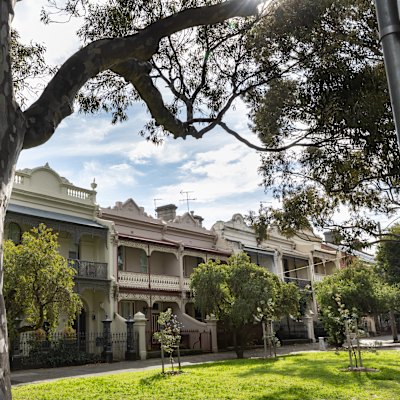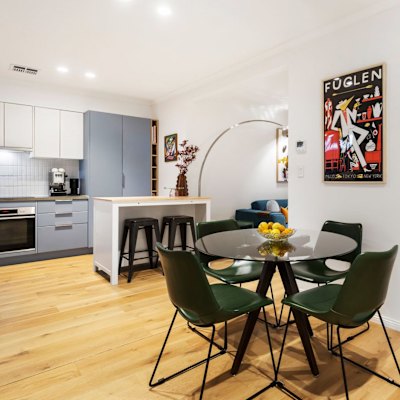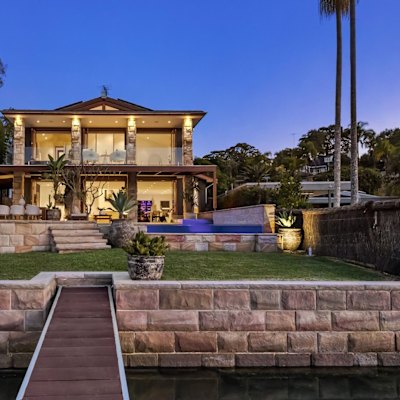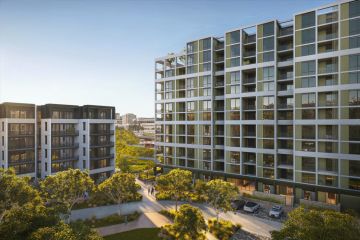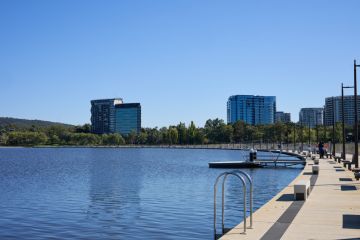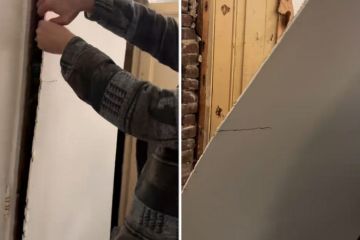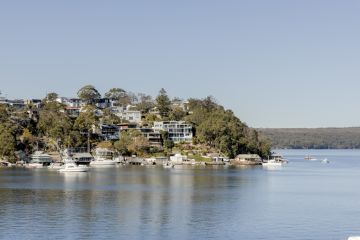We’re building 1.2m new homes, but we’re not using the homes we have
More people are moving in with housemates and family to save money in the cost-of-living crisis, and experts say if more older households moved, too, it could help alleviate the housing affordability challenge.
The average number of people per household has edged above 2.5 and stayed there for most of the past year, after falling below that level for much of 2022 and 2023 when remote or hybrid workers could afford to live alone.
Although the number of people per household edged up, it remains well below the 2.8 to 2.9 range common in the 1980s.
Reserve Bank assistant governor Sarah Hunter last year told a real estate conference: “This may sound like a small change, but if for some reason average household size rose back to 2.8, we would need 1.2 million fewer dwellings to house our current population – no small difference.”
It comes as the federal government is aiming to deliver 1.2 million new homes in five years to improve the supply of homes relative to demand – after years of under-building – and to help address affordability.
This goal is behind schedule, but is on the agenda of this week’s economic reform roundtable which will consider cutting red tape to speed up new home-building.
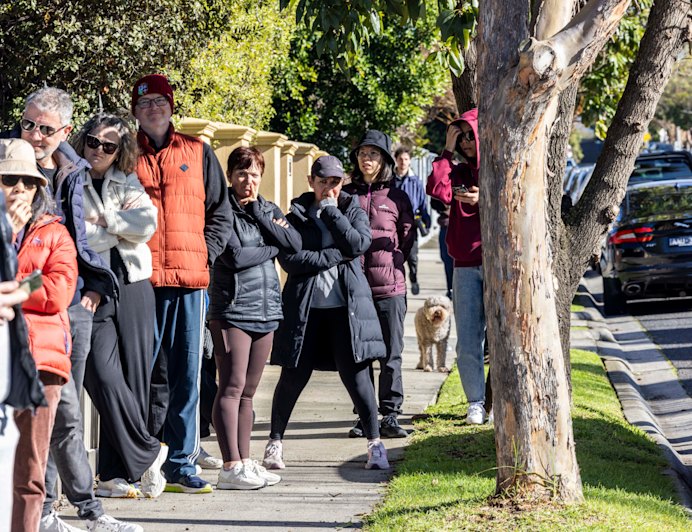
Household sizes tend to increase when house prices rise, meaning that to economise, people need to share houses, or younger adults need to live at home, University of Sydney professor of urban and regional planning Nicole Gurran said.
She noted that former RBA governor Philip Lowe said in 2023 as rents were rising, that people may have to move back in with family or a flatmate to reduce rental costs, which she acknowledged sounded unsympathetic.
But over the longer term, she said families were having fewer children. Households with more resources may also choose to consume more housing.
“You’ve got this irony where you’ve got some people owning multiple homes, including holiday homes, and other people can’t afford to rent a unit by themselves,” she said.
“Simply increasing new housing supply doesn’t resolve those underlying housing affordability issues.”
KPMG director of planning and infrastructure economics Terry Rawnsley agreed renters facing high costs had been under pressure to re-form group households.
“Over the last two years … people have gone to open homes for rentals and gone, ‘Wow, I can’t afford that’, or, ‘There’s 50 people here’,” he said.
He added that many Baby Boomers’ family homes are underutilised.
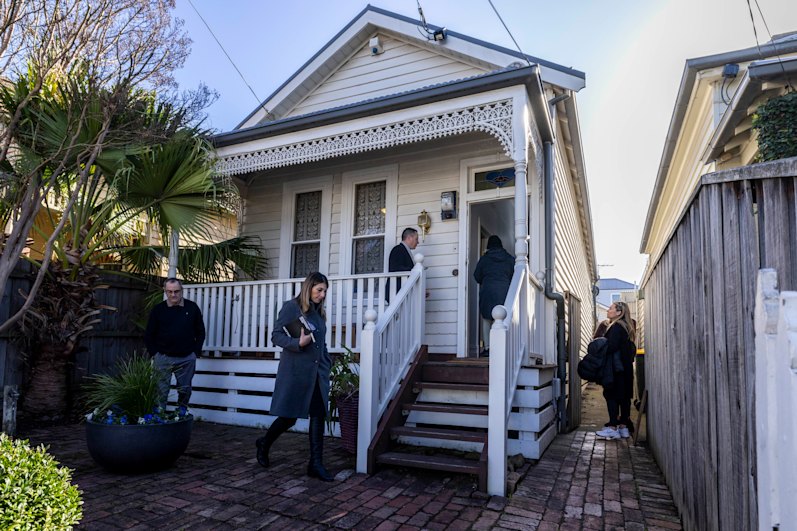
“There’s some suburbs where there’s old average ages, no kids in the bedrooms. There’s probably a reworking we could work towards, where we get more of the family homes into the [hands of] younger people, who are having kids, and help the Boomer generation downsize from the big house into the townhouse.”
This would require enough supply of appropriate smaller homes in their local areas, he said.
The Demographics Group co-founder Simon Kuestenmacher agreed on the need for more new downsizer-friendly homes. “Overwhelmingly people want to age in place,” he said.
“The Baby Boomers largely occupied family-sized homes in the middle suburbs of our big cities and they were great NIMBYs over the last decade and blocked new development, so there isn’t that much stock coming in.”
A new tax on the size of the property could be introduced to encourage downsizing, he said, while he highlighted existing allowances to contribute the proceeds of downsizing to superannuation.
“This would not necessarily change the number of people in the households, but it would go a long way in solving the housing affordability crisis.”
Gurran was less convinced that empty-nesters would be encouraged to move, as they may want to retain spare rooms for grandchildren or guests.
But she thought that new homes could be used efficiently.
For example, she suggested that 15 or 20 per cent of new homes in a development should be sold at an affordable price, linked to the government shared equity scheme, offered for three months to lower-income buyers and affordable housing providers, then opened to the market. She backed the federal government’s policy to set aside up to 100,000 new homes for first home buyers.
Rawnsley thought the government’s new homes target could be refined, to target not only the number of new homes but also their average price. For example, that the average price of the new homes should be $750,000, or that a set number – for example, 300,000 of the 1.2 million homes – be affordable.
A developer who planned a 12-storey block might be allowed 14 storeys if some units were affordable housing, or a developer in the outer suburbs who built a certain amount of $600,000 homes could be granted the infrastructure, he said.
He found two-thirds of new homes in 2018-19 would have cost $400,000 to $700,000, but within five years that fell to less than one quarter.
We recommend
We thought you might like
States
Capital Cities
Capital Cities - Rentals
Popular Areas
Allhomes
More
- © 2025, CoStar Group Inc.
